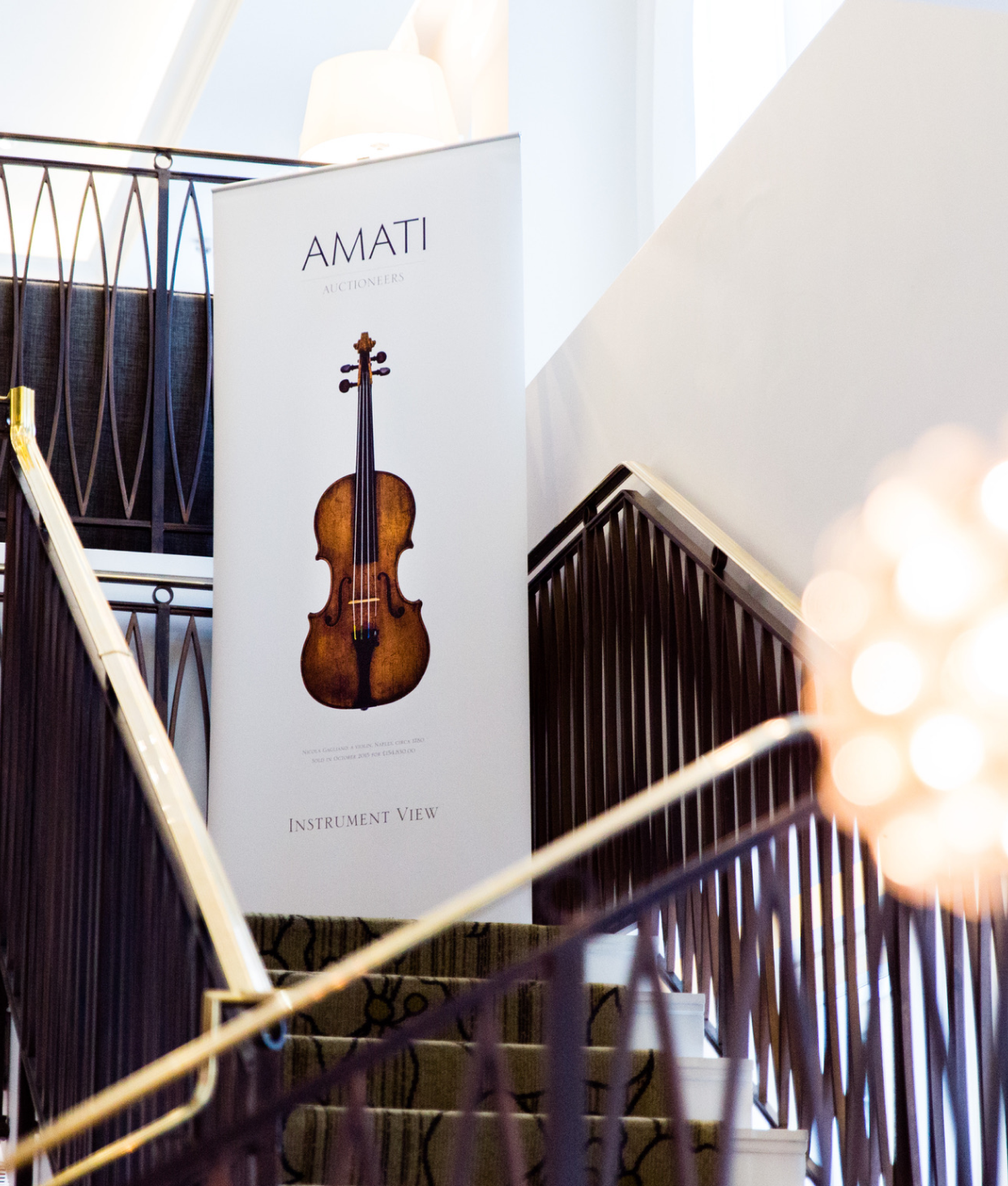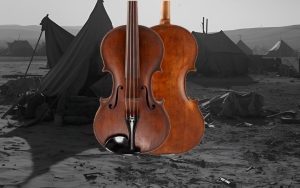What is an Appraisal?

The Amati Glossary of Useful Auction Terms (A – Eye)
Appraisal
This is what I do. I am not the only one at Amati who provides appraisals. If you are very lucky you may get Kai or Simon, but if you have misbehaved recently and your stars are not aligned you get me. Bad luck.
Still, it’s not all bad. At a Valuation Day, you will have an appointment with me (or somebody like me but more handsome). I scoop your violin or cello out of its box, have a general look around and break the news. Sometimes – often – the news is not the best. I can only apologise. There are too many fakes in the world and instruments are not innocent of deception. A bad day will leave me feeling like an oncologist breaking the bad news to one patient after another. If I don’t apologise and a joyous expression covers my face, it is because you have brought me a rare ray of light and a jolly good instrument.
We don’t always know the answer. Amati has an archive of stringed instrument and bow makers on their website. Nobody has seen work by every single one of the 14,000 makers featured there. And sometimes we just feel we need more time to examine and research your violin properly.
In any case, the appraisal is free. It costs you nothing. A lot of our clients, on discovering the value of their violin decide to consign to our auctions. We like these clients most of course, but try to treat you all with kindness.
I would like to add that if you are worried about the quality – or condition – of the instrument you are bringing, please don’t. If it is bad, it certainly won’t be the first we have seen, and there is always the possibility it’s something rather splendid. That’s the best thing about this job – we live in hope.
Auction
We do these. Quite a lot of them actually. In the Olden Days, auctions used to feature an auctioneer at the front of a crowded room. Sometimes salesrooms could have as many as 150 people in them. Busy times.
Now we have the auctions online. Amati viewing days are held in Central London and buyers place their bids online from all over the world. Over the course of a Live Auction, each lot is viewed at least 400 times and the really interesting lots viewed about 2000 times. We get approximately 15,000 page views for the auction on the last day alone, which means rather a lot of people spending at least half an hour in the auction part of the site, bidding or just kicking the tyres. Online auctions have democratised the sale of instruments, albeit at a small cost of romance.
Auction House
A business that runs auctions. Good example: Amati.
Consign (verb)
You do this. At least, we hope you do. Once you have an idea of how much an instrument is worth, you can ask us to sell it for you. Our sale rate is good – we average around 93% and the majority of our instruments make over the reserve. If you want to sell your violin or cello, we would love to help.
Dealer
A dealer is somebody who makes money selling an instrument to someone else, in a one to one transaction (unlike Auction Houses who deal with lots of buyers and lots of lots, simultaneously).
Dealers and dealerships can take many different forms. There are still the old-fashioned, almost Dickensian, dealers with mahogany furniture and conductors’ batons leaning up against a display stand of instruments. At the other end of the spectrum, there are dealerships that exist almost entirely through mail order of violins.
Some dealers have a better eye than others; some have higher profit margins. It is, however, a business and business relies on margins and turnover to keep going. As with any walk of life, do your research. Ask people who have experience of different dealerships and you will form a picture of whom you might want to work with.
Eye
Most people in our line of work have – to a greater or lesser extent ‘an eye’. Actually, most have two, but it’s the discerning eye of the specialist that I refer to here. It is shorthand to describe the process that goes through our minds when we settle on an attribution for an instrument.
When I started in this business, arriving at a destination was a plodding process, requiring active observations and careful decision-making. Much as it is when driving around an unknown city. As familiarity builds in, many of the observations become second nature and the decisions become born from instinct and experience rather than a checklist. The longer you are exposed to instruments, and the more instruments you are exposed to, the greater your familiarity and (usually) the better the ‘eye’.




